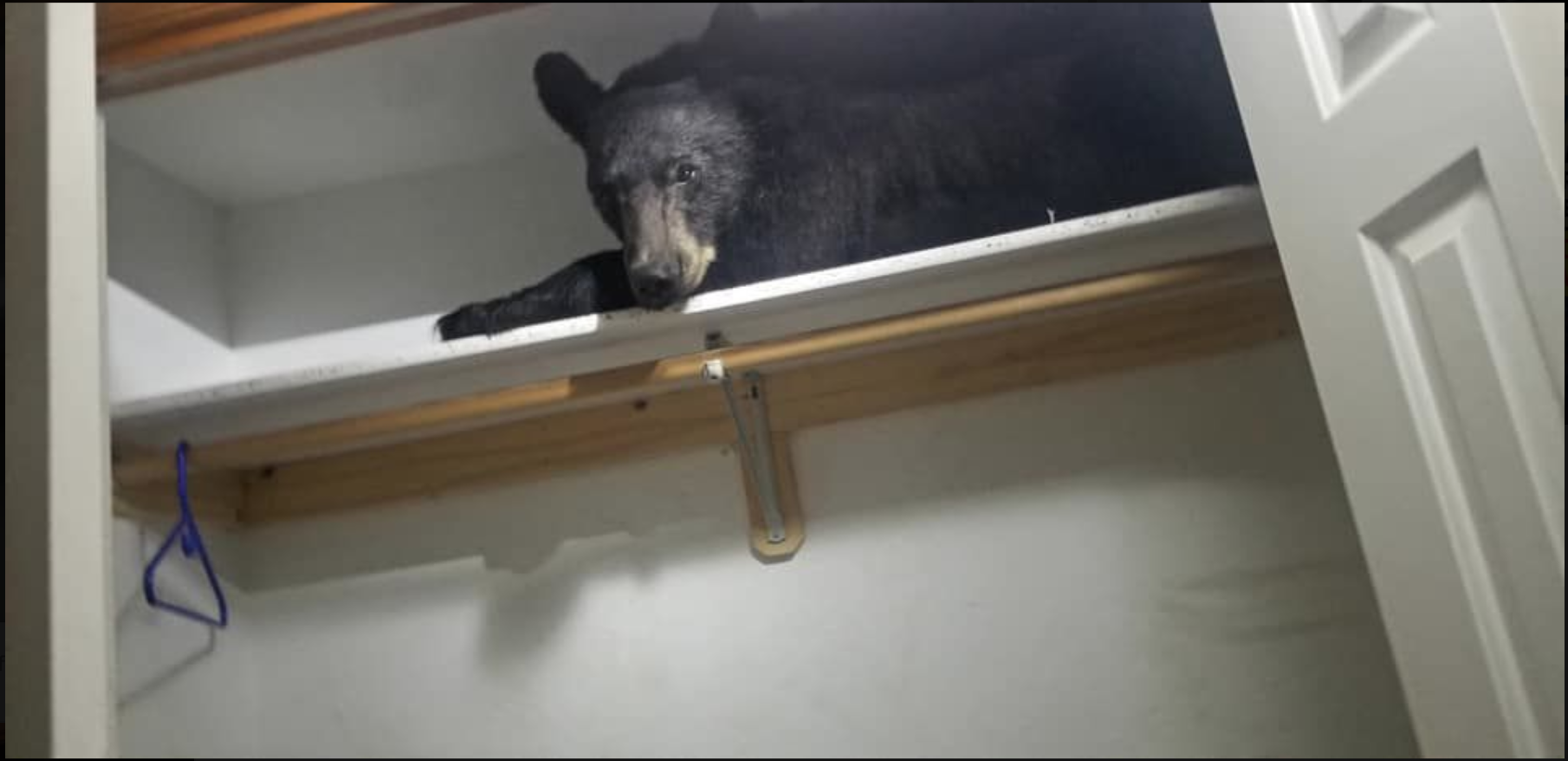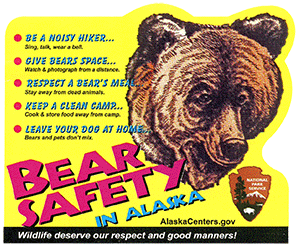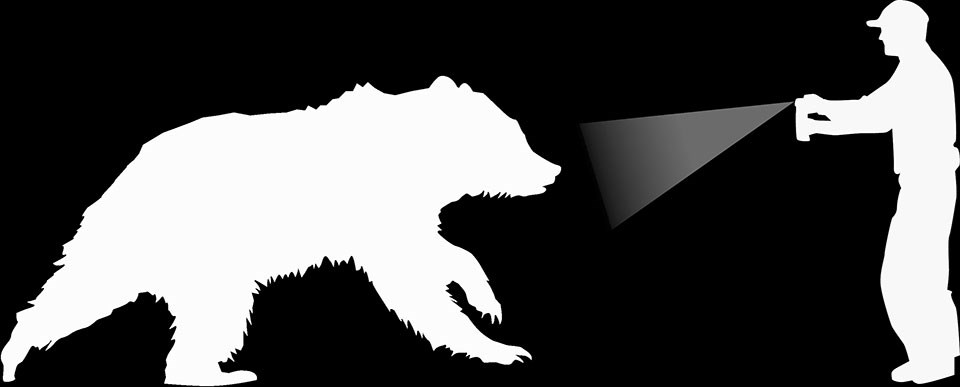Seeing a bear in the wild is a special treat for any visitor to a national park. While it is an exciting moment, it is important to remember that bears in national parks are wild and can be dangerous. Their behavior is sometimes unpredictable. Although rare, attacks on humans have occurred, inflicting serious injuries and death. Each bear and each experience is unique; there is no single strategy that will work in all situations and that guarantees safety. Most bear encounters end without injury. Following some basic guidelines may help to lessen the threat of danger. Your safety can depend on your ability to calm the bear.
When you arrive in a park, always remember to check with the nearest visitor center or backcountry office for the latest bear safety information.




Leave A Comment